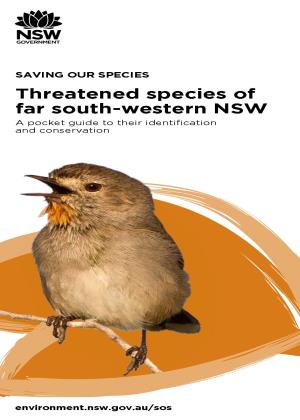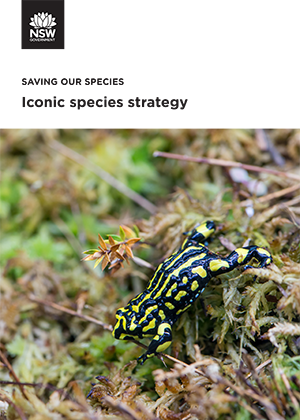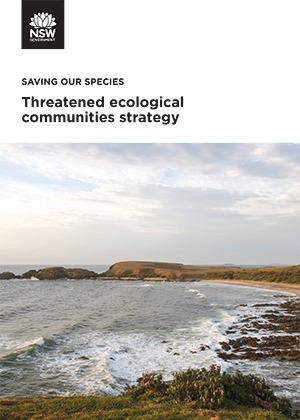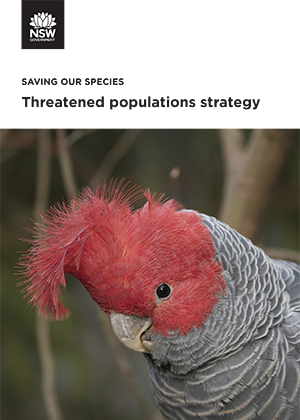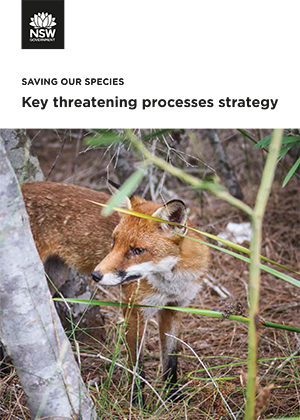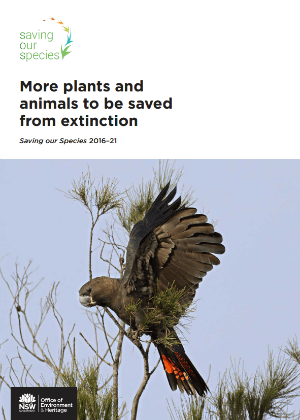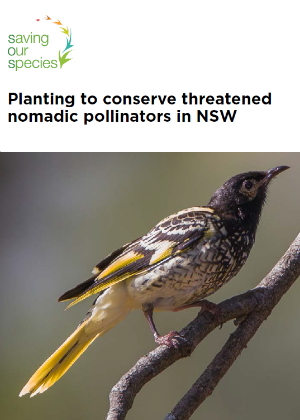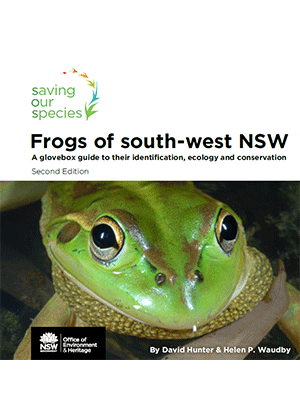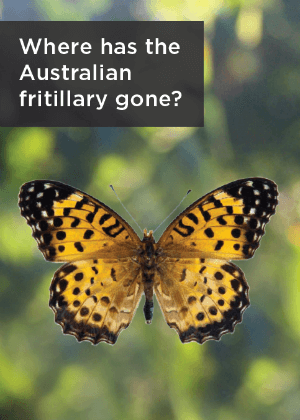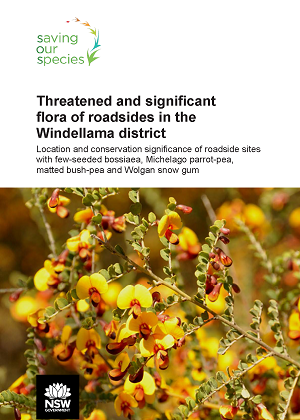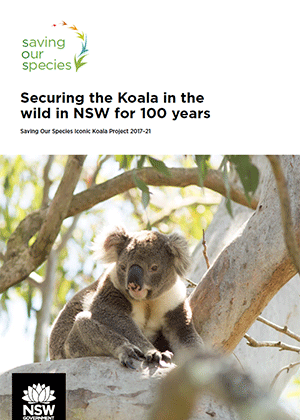Ecological communities provide natural management of clean air and water, provide nutrients for the soil, protect against erosion and salinity, and provide a healthy environment for threatened species.
An ecological community can be at risk of extinction. This can occur because of a significant reduction in its distribution across regions or a decline in ecological function.
The decline can occur if there is a change in community structure or composition, disruption of ecological processes, invasion by exotic species, or habitat degradation or fragmentation.
An ecological community may be listed as vulnerable, endangered or critically endangered under the NSW Biodiversity Conservation Act 2016 depending on the level of threat and risk of its collapse. Threatened ecological communities are managed under the Saving our Species program.
An expert group has allocated each listed threatened ecological community into either a ‘range-restricted’ or ‘widespread’ category.
Approached in the same way as site-managed species, ecological communities that fall into the range-restricted category are likely to be reliably defined at a local scale and have established investment sites, community engagement and support, and enough experts to direct actions.
Approached in the same way as landscape-managed species, ecological communities that fall into the widespread category are likely to need to rely on a multi-faceted approach involving regulatory processes (including on-ground work), community engagement and private land conservation.
Allocation to these categories is not fixed and may change as more information becomes available. For further details, see the threatened ecological communities strategy.
The most recent ecological community determinations
The NSW Threatened Species Scientific Committee (Scientific Committee) determined to list 2 grassy woodlands as critically endangered ecological communities on 28 June 2019 under the Biodiversity Conservation Act 2016:
- Monaro Tableland Cool Temperate Grassy Woodland in the South Eastern Highlands Bioregion
- Werriwa Tablelands Cool Temperate Grassy Woodland in the South Eastern Highlands and South East Corner Bioregions.
The Scientific Committee is an independent statutory committee established under the Biodiversity Conservation Act, comprised of scientists appointed by the Minister for Environment.
An ecological community may be listed as critically endangered if the Scientific Committee determines it is facing an extremely high risk of extinction in Australia in the immediate future.
Two new critically endangered ecological communities
These critically endangered ecological communities are classified as 'grassy woodlands' as they are characterised by a tree layer which is eucalyptus dominant, but sparse. 'Grassy woodlands' contain an absence of hard-leaved shrubs, and are also characterised by their diverse groundcover grasses and herbs.
Both the Monaro and Werriwa critically endangered ecological communities are woodland to low open woodland characterised by a sparse to very sparse layer of trees; predominantly snow gum (Eucalyptus pauciflora). The Monaro Critically Endangered Ecological Community is co-dominated by ribbon gum (Eucalyptus viminalis), and the Werriwa Critically Endangered Ecological Community is co-dominated by candlebark (Eucalyptus rubida sub sp rubida).
The 2 grassy woodlands were previously listed together as an endangered ecological community under the Biodiversity Conservation Act.
A detailed description of the 2 new critically endangered ecological communities can be found at the Threatened Species Scientific Committee Final Determinations.
How the land management and biodiversity conservation framework applies
The NSW Government has implemented regulatory changes to strike the right balance to conserve the 2 critically endangered ecological communities in highly productive regions. The intention is to protect patches of these critically endangered ecological communities that are in the best condition and provide more flexibility to manage land with vegetation in a low condition and not likely to be viable in the long term.
The department has published an Advisory Layer indicating where the critically endangered ecological communities are likely to occur.
If land is mapped on the Advisory Layer, landholders are encouraged to contact Local Land Services to check what land management activities are available. To use the Land Management (Native Vegetation) Code to undertake land management activities, you will need to verify whether a particular patch of native vegetation shown on the Advisory Layer is part of the critically endangered ecological communities. Suitably qualified Local Land Services officers are available to undertake on-site assessments.
For more information, see the Field Assessment Guidelines for the Monaro and Werriwa critically endangered ecological communities and the Monaro and Werriwa CTGW Spreadsheet Tool (XLXS 41KB).
For assistance, landholders can contact Local Land Services by email at slm.info@lls.nsw.gov.au or by phone on 1300 778 080.



